Feb 15th 2023 - Team
How to Choose the Best Commercial Toaster?
Commercial toasters are an important part of every restaurant's kitchen. It's crucial to have the correct one in your restaurant if you want to serve toasted or grilled foods.
What is a Commercial Toaster?
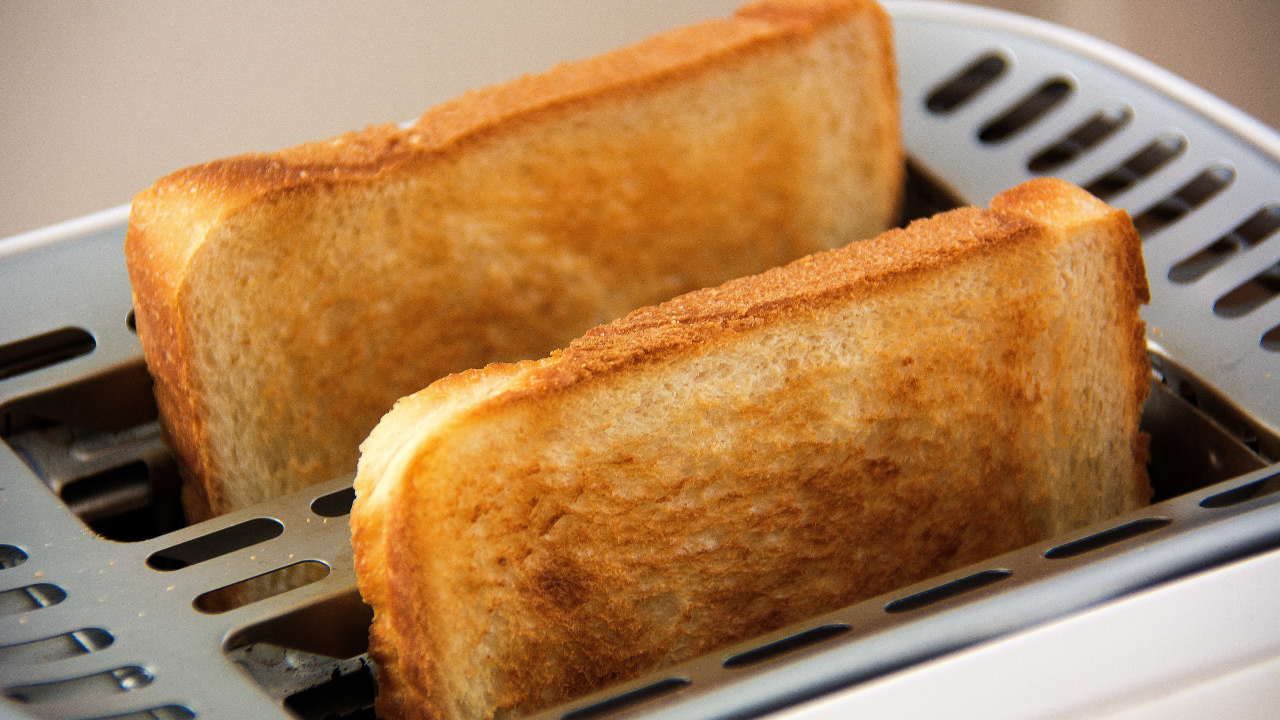 Numerous varieties of bread, bagels, English muffins, and buns can all be toasted in commercial toasters. Toasters come in three distinct types: pop-up, conveyor, and bun grilling or contact toaster. Take a look at how they compare to your requirements in our side-by-side analysis.
Numerous varieties of bread, bagels, English muffins, and buns can all be toasted in commercial toasters. Toasters come in three distinct types: pop-up, conveyor, and bun grilling or contact toaster. Take a look at how they compare to your requirements in our side-by-side analysis.
Buying a Commercial Toaster: Some Things to Think About
You should ask yourself these four things before you go out and buy a new toaster:
Usage:
While some toasters are limited to just bread, others can handle bagels, buns, English muffins, or even a combination of these. If you have a good idea of what you plan to toast, you can pick the best toaster.
Volume:
How many slices of bread will it toast? Customers will wait longer and become more irritated at a high-traffic business with an inefficient toaster. To a similar extent, a high-output toaster was an unnecessary expense for a low-volume business. Models are available with capacities ranging from 60 slices per hour to 1,600 slices per hour.
Space and Location:
Every kitchen struggles with a lack of available counter space. If you're planning on buying a toaster, measure the available counter area and make sure there's adequate overhead clearance for the higher models.
Electrical Usage:
Consider if you'll need a 120V, 208/240V, or 240V outlet. This will keep the toaster and all of your other appliances in good working order.
Types of Commercial Toaster
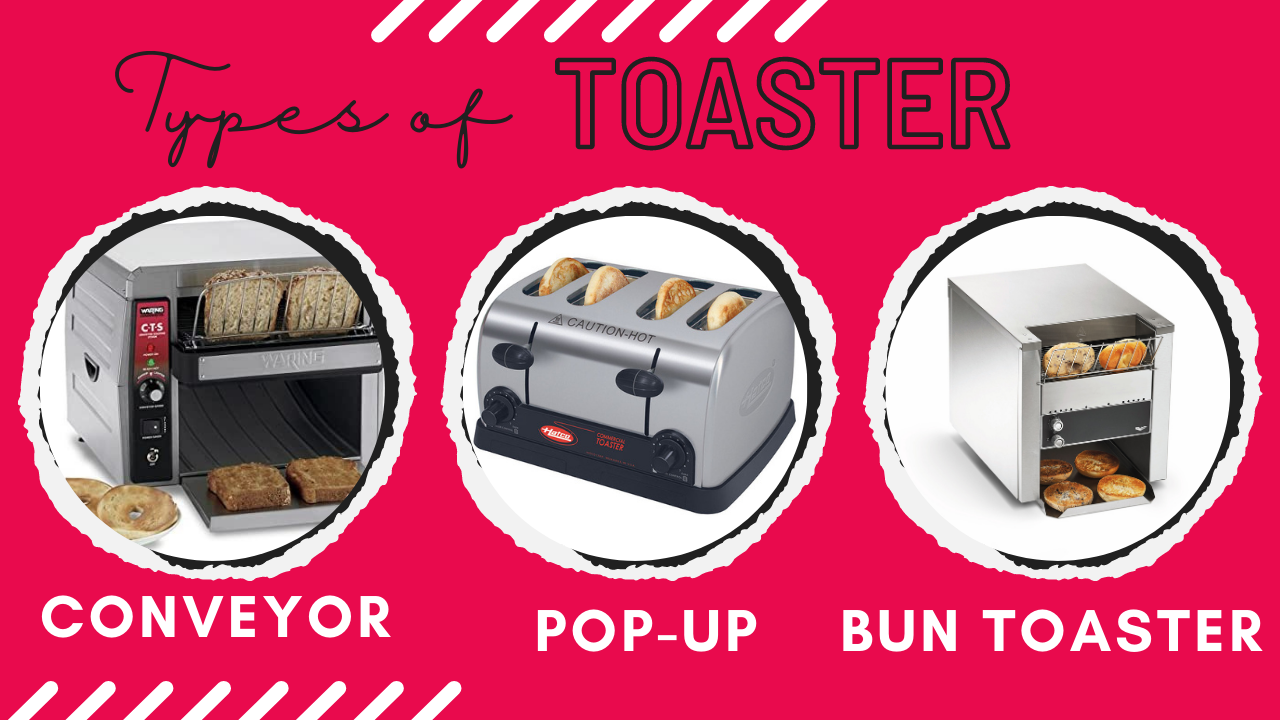
Pop-Up Toaster
Pros:
In addition to being one of the most widely available toasters, the pop-up variety is also one of the most affordable ones. So here's why this may be perfect for you or your business:
- Standard controls include a dial for selecting the desired level of toast browning and a push-down lever that activates the appliance on demand.
- These toasters often consume less power and take up less space.
- There are both light- to heavy-duty commercial toasters available, so picking the right one depends on how much bread you plan to toast at once.
Cons:
In ideal circumstances, a pop-up toaster is indispensable, but it does have some limitations that you should be aware of.
- The pop-up toaster's heating elements are more likely to fail than those in other types since they are smaller and not built to withstand a high volume of constant toasting.
- Additionally, the push-down lever can easily snap upon repeated use.
- Unfortunately, most toaster ovens only have two or four slots, so you can only make so many toasts at once.
Perfect for:
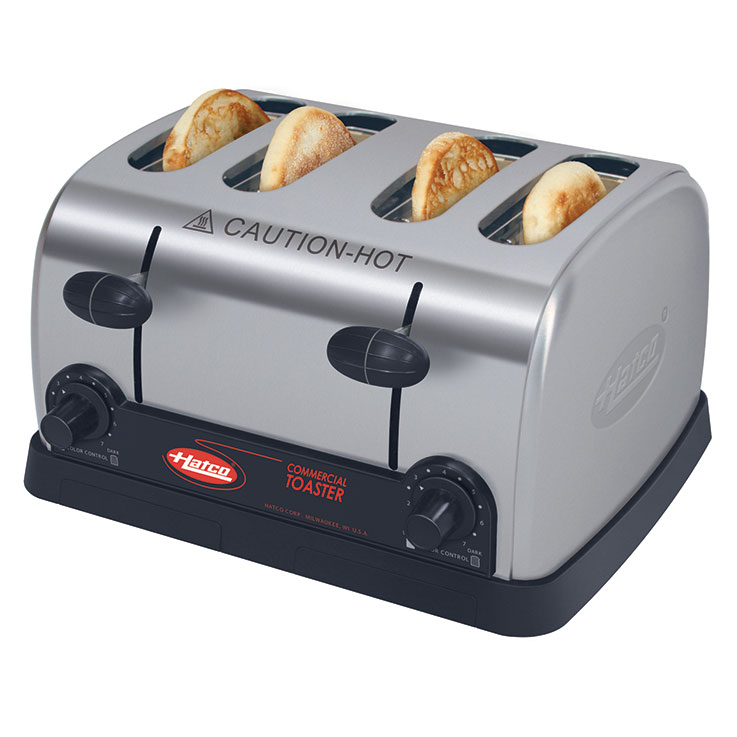
A pop up toaster would be ideal for front-of-the-house operations like continental breakfasts, cafeterias, and buffets due to their simple and intuitive controls. They are also ideal for:
- Coffee shops
- Tiny diners, and other businesses that require a smaller volume of toasted products
You should look for a toaster that is well made and will last a long time, with a removable crumb tray so that it can be cleaned quickly. For more versatile toasting of foods like bagels and hoagie buns, longer and broader holes could be explored. Finally, consider design when picking a pop-up toaster for front-of-house use. It should be both practical and aesthetically pleasing.
Product Featured: Hatco TPT-208-QS 13.63
Types of Pop-up Toasters
Pop-up toasters fall into one of three primary usage categories: light-duty, medium-duty, or heavy-duty.
| Description | Light-Duty | Medium-Duty | Heavy-Duty |
| No. of slices | 60 slices per hour | 60 - 225 slices per hour | 225-380 slices per hour |
| Usage | Perfect for homes, offices, and smaller hotels. | Excellent for local cafes and eateries | Perfect for diners, cafes, and breakfast buffets |
Conveyor Toaster
Pros
If you need to toast a lot of items at once, your best bet is a conveyor toaster. Some kinds of these dependable machines can toast out as much as 2,000 pieces of food in an hour, and they can work nonstop without breaking a sweat.
- Have long-lasting components that require little upkeep.
- Allows for multiple loaves of bread to be inserted into the toaster, where they will be toasted before being slid out again.
- You can toast a wide range of goods in a variety of sizes.
- Modern features: Advanced controls, customizable settings, and touchscreen displays are standard on most of today's toasters, modernizing your business.
Cons
Commercial Toaster Conveyors are fantastic due to the quantity, variety, and longevity they offer, but they may be quite pricey. Despite this, there is no shortage of affordable options. Due to the automatic nature of the conveyor's pace, conveyor units can be a little more challenging to operate than other types of machinery. Some models have a long warm-up time (up to 30 minutes!) and eat through a lot of power. However, you may save quite a bit of money on electricity by investing in devices that feature a power-saving mode.
Perfect for:
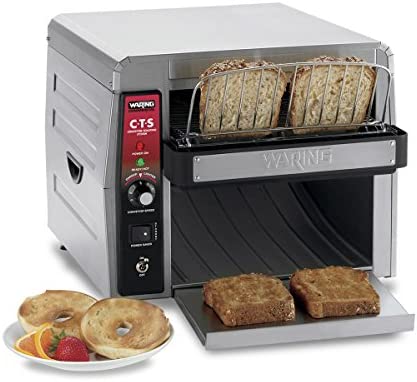
A conveyor toaster is ideal for businesses that experience strong demand for breakfast and sandwiches due to its capacity to boost productivity, reliability, and convenience of use.
- Efficient and saves time: The automated conveyor is a time-saving addition to any fast-paced dining establishment, including cafeterias in hotels, universities, hospitals, and other institutions serving large numbers of patrons at peak meal times. Workers will appreciate not having to stand by the toaster as it toasts their bread while they focus on other tasks.
- Easy maintenance: Some models additionally have a bottom screen or air intake filter screen that may be removed for easy cleaning.
- With a rate of 2,000 slices every hour, you won't have to worry about your business running out of toast anytime soon.
Look for a conveyor toaster that is both well-made and made of stainless steel.
Product Featured: Waring CTS1000
Bun Grilling Toaster or Contact Toaster
Pros
A contact toaster will draw a piece of bread or a bun against a heated sheet, creating a caramelized, sealed surface that will hold sauces and fluids from sandwich fixings.
- The bun's flavor is enhanced by the caramelized seal, and the bread is less likely to become soggy.
- Contact toasters come in a wide range of sizes to accommodate the varying amounts of food that each type can cook.
- The rate of production of some toasters can reach 1,600 slices per hour.
Cons
While a warm, buttery bun can never go wrong, a contact toaster can. If your major menu items don't call for a caramelized bread surface, the typical cost and greater footprint may be prohibitive. The contact toaster also has many moving parts (rollers, rods, and sheets). The longer the unit is out of commission and the more money it costs to maintain, the more parts it has rattling around. Additionally, a lack of adaptability may be a problem. Replacing the toaster components is not as easy as switching out the buns. Most types need the user to manually adjust a dial or other automatic presets in order to get the bun to the right height or thickness for proper sealing. If your business toasts multiple types of bread, this might be a lengthy process.
Perfect for:
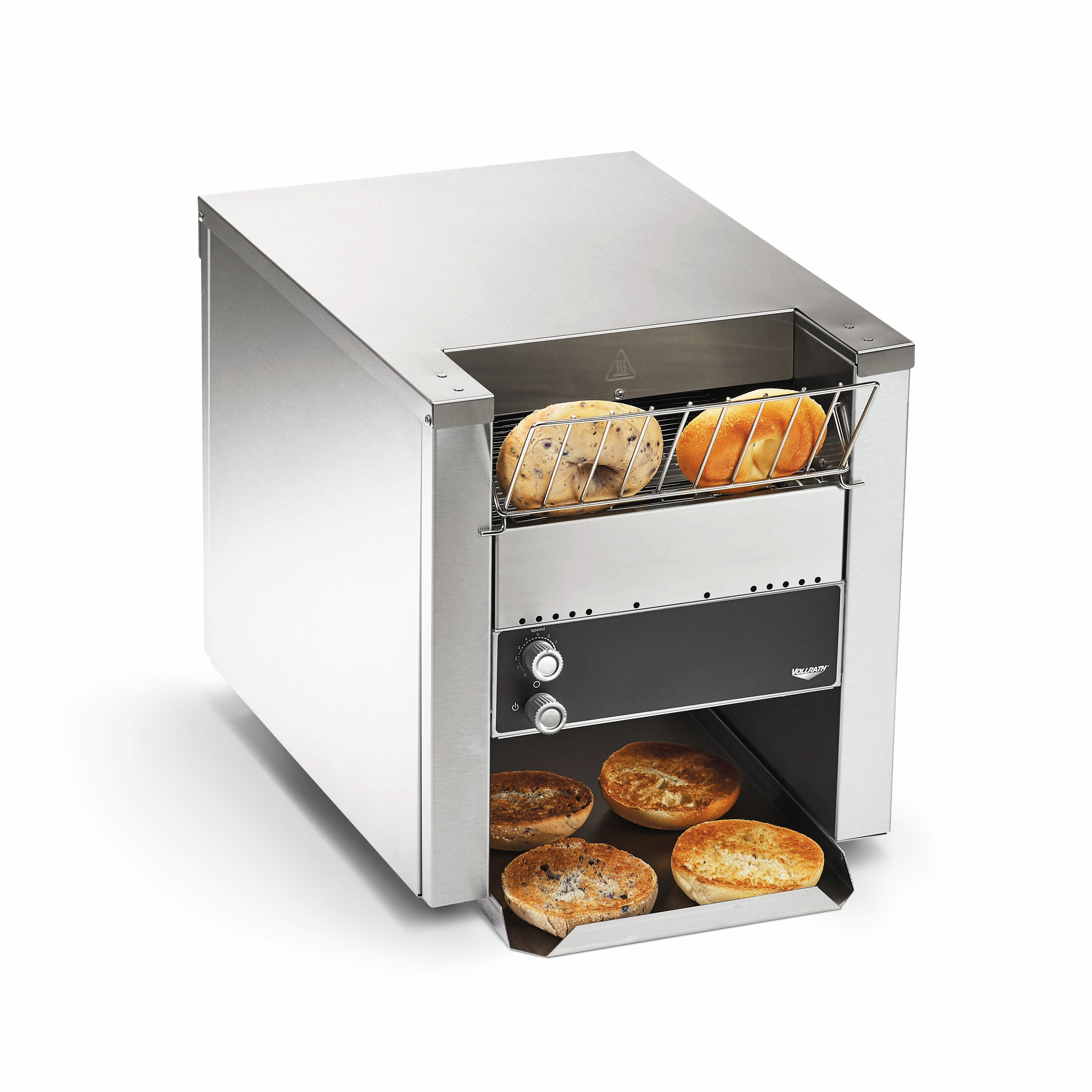
Contact toasters are ideal for fast-paced burger shops or cafes that crank out a lot of slathered-in-butter bagels and sandwiches. If your kitchen doesn't already have a contact toaster, you may use it to free up the griddle you've been using to obtain that perfect buttery sear. They make your business operation easier by eliminating the need to manually toast and butter each slice of bread. Check out the stainless steel construction and durability of the contact unit you're considering purchasing.
Product Featured: Vollrath CT4B-2401200
Things to Think About Before Buying a Toaster Grill for Buns
Toasting can be done dry or with butter on the bread using a butter spreader. If you want to toast your bread without butter, you'll need to use the Teflon® sheets that come with the toaster. Sheet replacement is also available from us.
To avoid having bread stick to the grill plates, Teflon® sheets are used. Teflon® sheets are ideal for use with bread products smeared with garlic butter, butter containing cheese or any other high-protein type of butter.
How to Properly Clean and Remove Crumbs from a Commercial Toaster
When it comes to the performance and longevity of your commercial toaster, cleanliness is key.
- Always unplug, turn off the power, and let the toaster cool before cleaning it.
- The exterior of the toaster can be cleaned with a damp cloth once each day, and any hard-to-reach crevices can be scrubbed with a little brush.
- The majority of bread crumbs will land in the bottom of your toaster's tray. Take out the toaster's crumb tray, dump the crumbs, and wipe it down with some dish soap and water.
- Shaking or inverting toasters won't help remove crumbs. Crumbs can get lodged inside the toaster and loosen internal components if you do this, therefore it's best to avoid doing so. The shaking of a toaster can eventually wear out the moving parts, rendering the controls useless.
Which Toaster Toasts Fastest?
Knowing which toaster is best for you is the first step in getting the most out of your toasting experience, as the toaster's speed is dependent on several variables. In terms of output per hour, a conveyor toaster is a clear winner. It is estimated that a conveyor toaster can make between 200 and 2,400 toasts each hour.
However, a conveyor toaster is ideal for large-scale operations like restaurants, breakfast buffets, and catering businesses. Selecting a pop-up toaster could be a good option if you are reducing your output. To choose the quickest one, check that your potential purchase has enough slots for all the bread you intend to toast at once. Features that make cleanup easier, like a detachable crumb tray, are also highly recommended.

